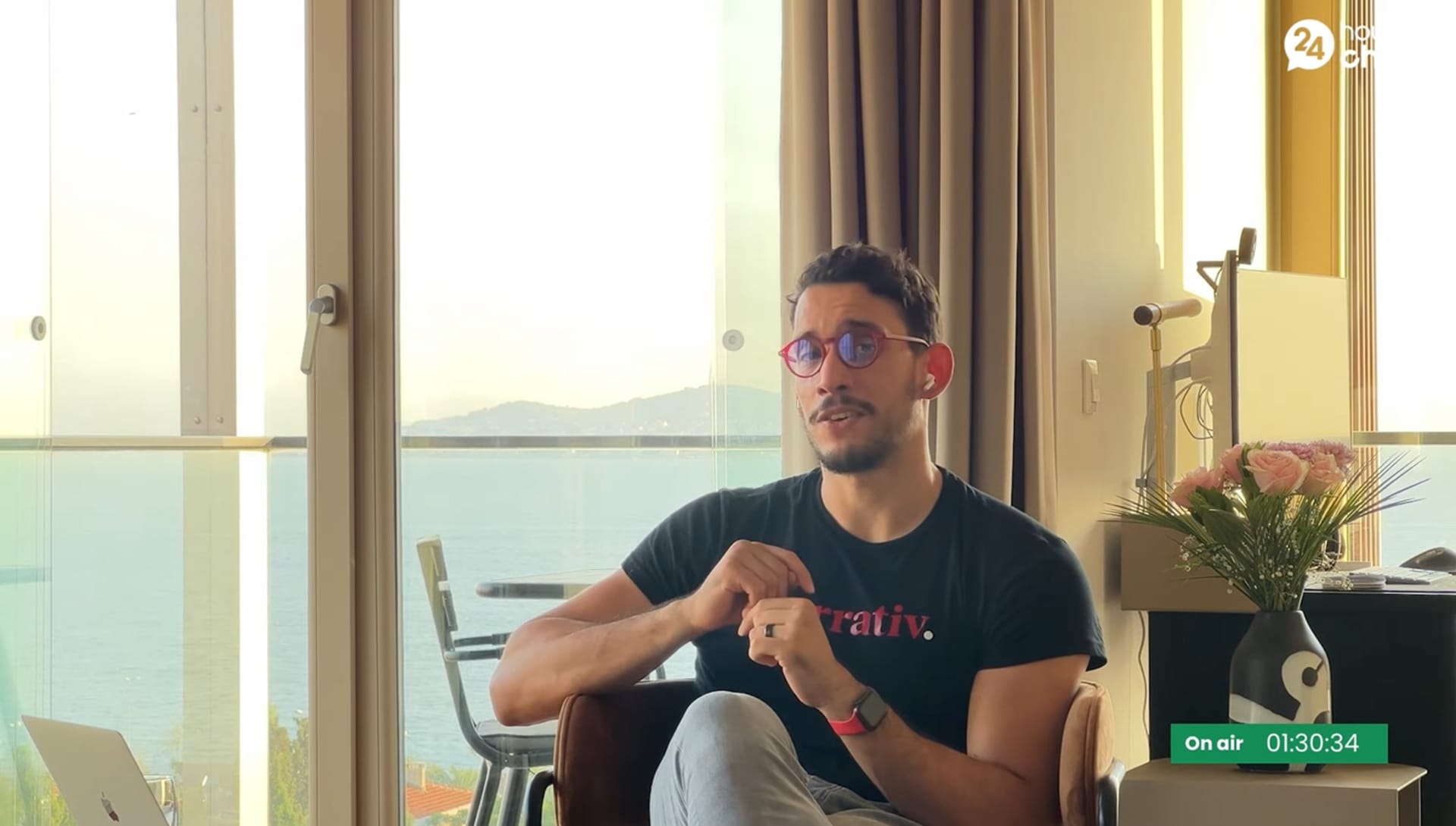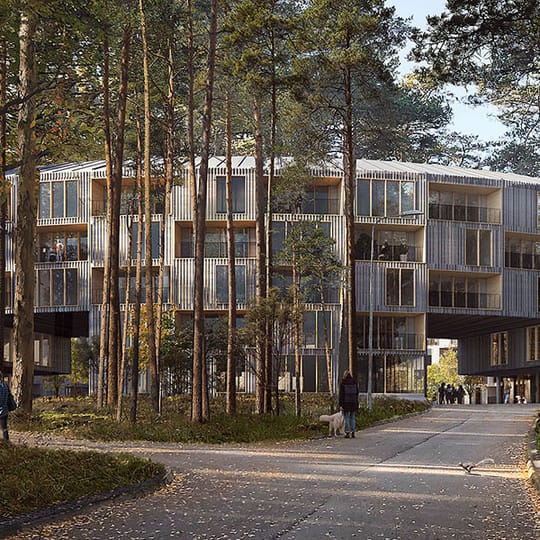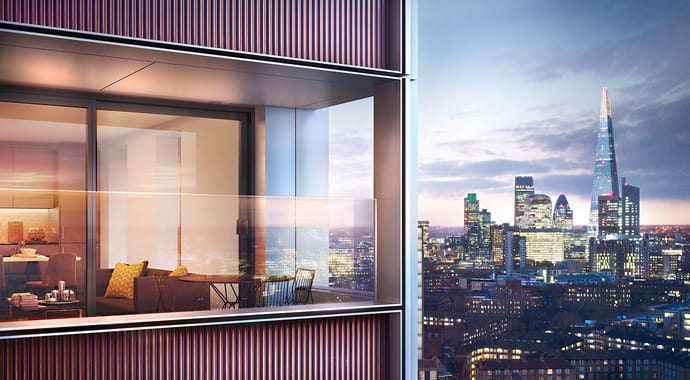Words of wisdom: Our guest speakers from Show 1 of 24 Hours of Chaos share helpful advice to enhance your art, connect with viewers, and spark creative growth.
Hoping to relive the experience of 24 Hours of Chaos? Us too! That’s why we’re continuing with the recap of our third edition, and sharing the best bits from all of the shows. Show one was all about green screens, fast cars, a bit of arch viz, and EDM.
The four guest speakers shared a great mix of personal experiences with running 3D studios, workflow tips, and insights into the industry. We thought that this recap would be a great way to pull out some of the key takeaways we discovered during the talks and present them as valuable lessons you can take from the 3D experts themselves.
1. Document your process
Many artists who share their content online often struggle with setting up the correct timeline and organizing their visuals beforehand. One way to alleviate this pain is by simply documenting each step of the production process and placing any sketches, screenshots, videos, and texts in appropriate folders corresponding to the stage in the process.
I think a lot of us have tried making behind-the-scenes content right after a project has been done. And you realize that oh wait, I actually need to redo the whole project almost all over just to get the right shot.
Nicklas Byriel, Founder & 3D Artist, Chaos Theory
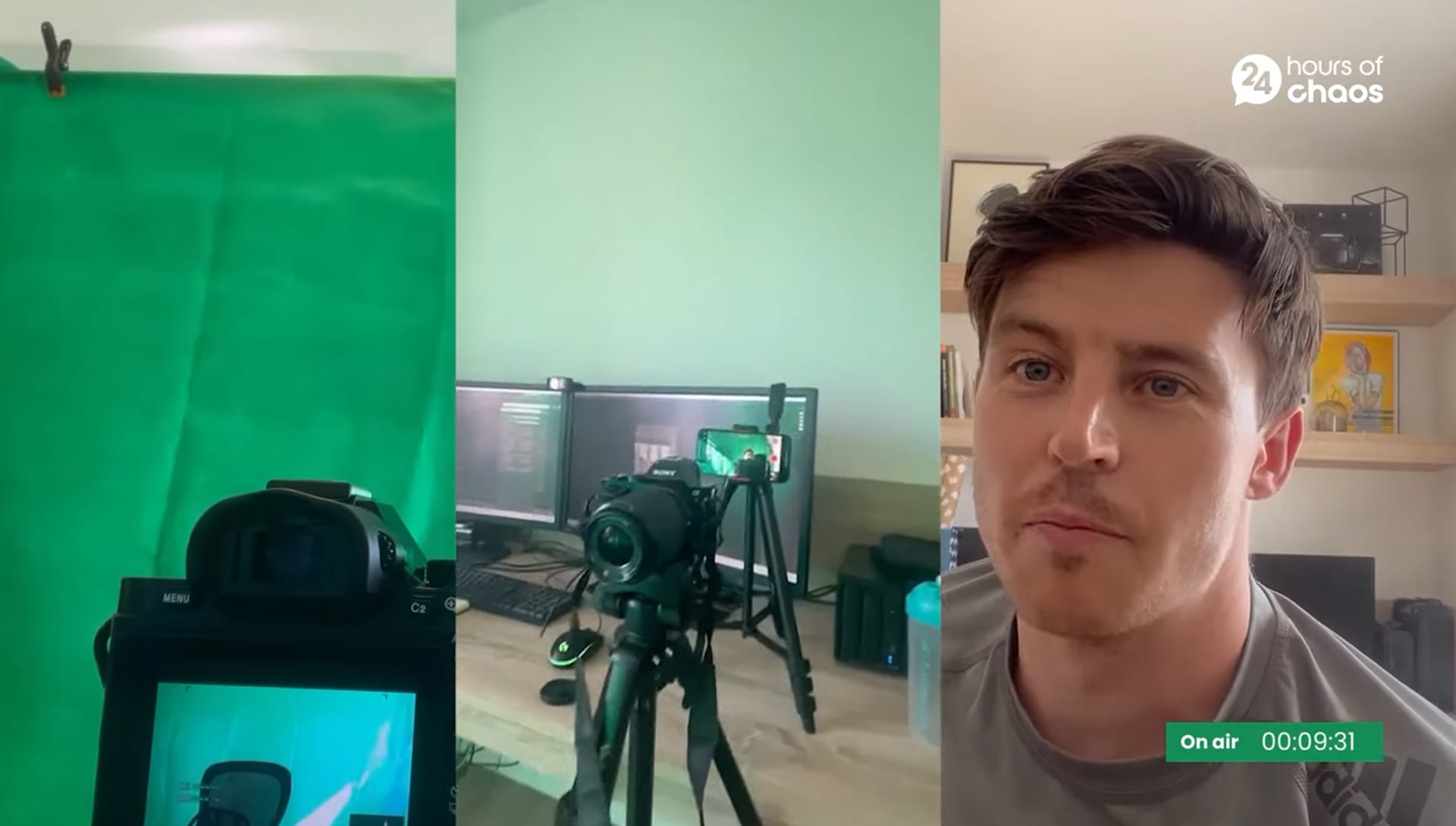
2. Define and stick to your stylistic pillars
What is a piece of artwork if doesn't carry a certain style? It’s important to have a certain look and feel that is unique to your work in order to stand out from the crowd, connect with the viewer, and be recognized by the 3D community. This style can be influenced by a variety of things, such as an interest in a certain artistic movement or medium, or a set of personal values that you cherish and transfer into your design process.
In every project, we try to stick to our principles. And these principles are ensuring that the final image is artistic and iconic. By artistic, we mean that we have this goal to represent architecture in a real-world setting, using realistic textures, photography, scans, and everything that makes the image look convincing. On the other hand, we always try to go for iconic shots that are immediately recognizable by the viewer. So we usually do these tiny drafts to check if this image is working in terms of lighting, composition, and colors.
Andrea Baresi, Founder & 3D Artist, Aesthetica Studio
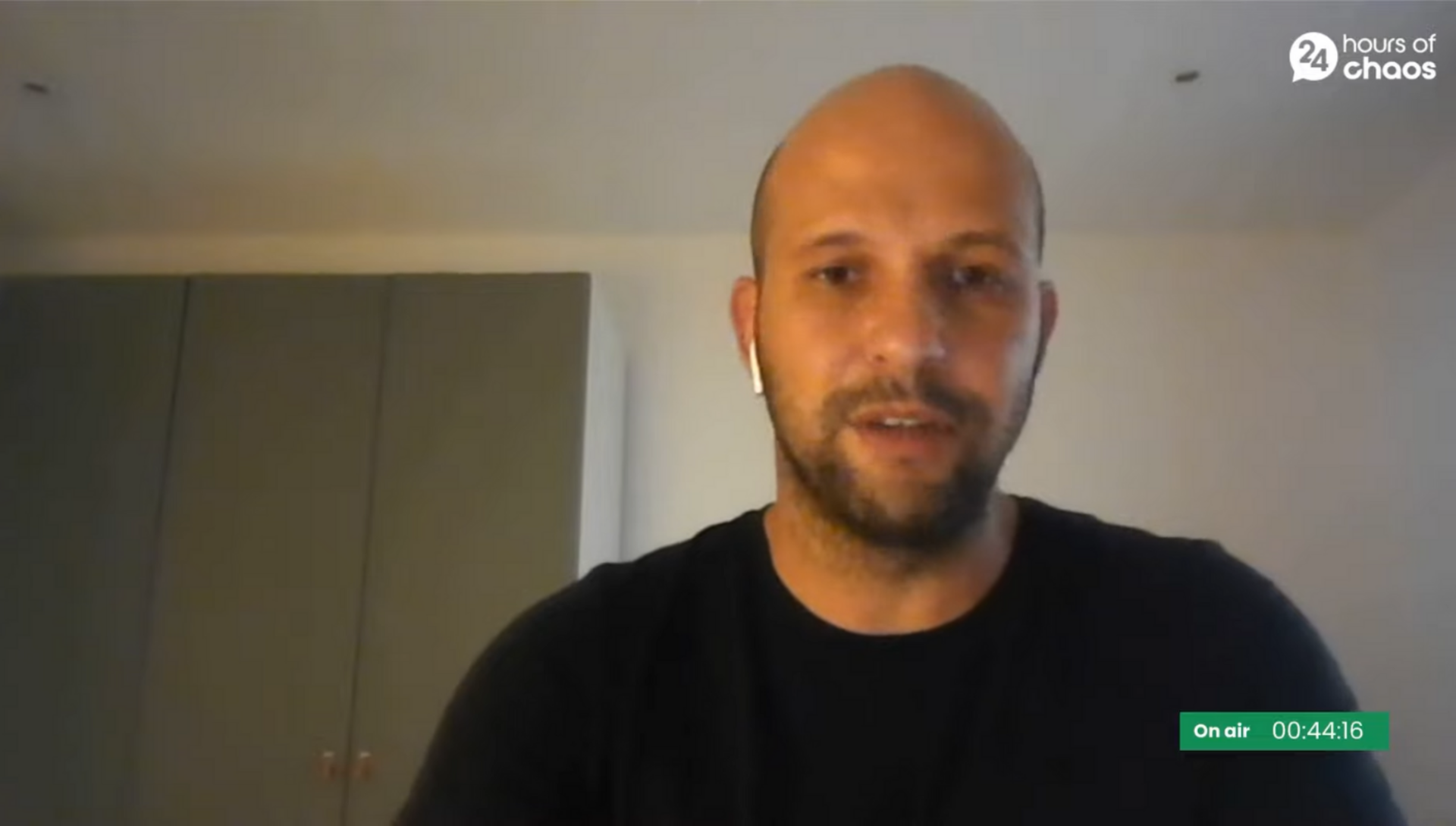
3. Rip your work apart
One sure way to stifle your progress is by rushing through your projects to meet deadlines. Being in a hurry often means cutting corners and sacrificing quality, all while losing sight of the big picture. Instead of focusing on delivering your work on time, take a deep breath and surrender to the production process. Zero in on what could be improved and dissect the visual storytelling, composition, lighting, and how all the visual elements interact with each other.
Projects will never be perfect. I'm ripping mine apart all the time, and I wish I had more time to do that. Or I wish I had time away from that and gone back to it and then looked at it again. And then I go, oh now I can see what is wrong with it. There's always a rest time in between projects as well. You go back and think, oh, I could have done that better. Or I wish I did that before it went public.
Kristian Turner, Head of CGI, Wooden Gun
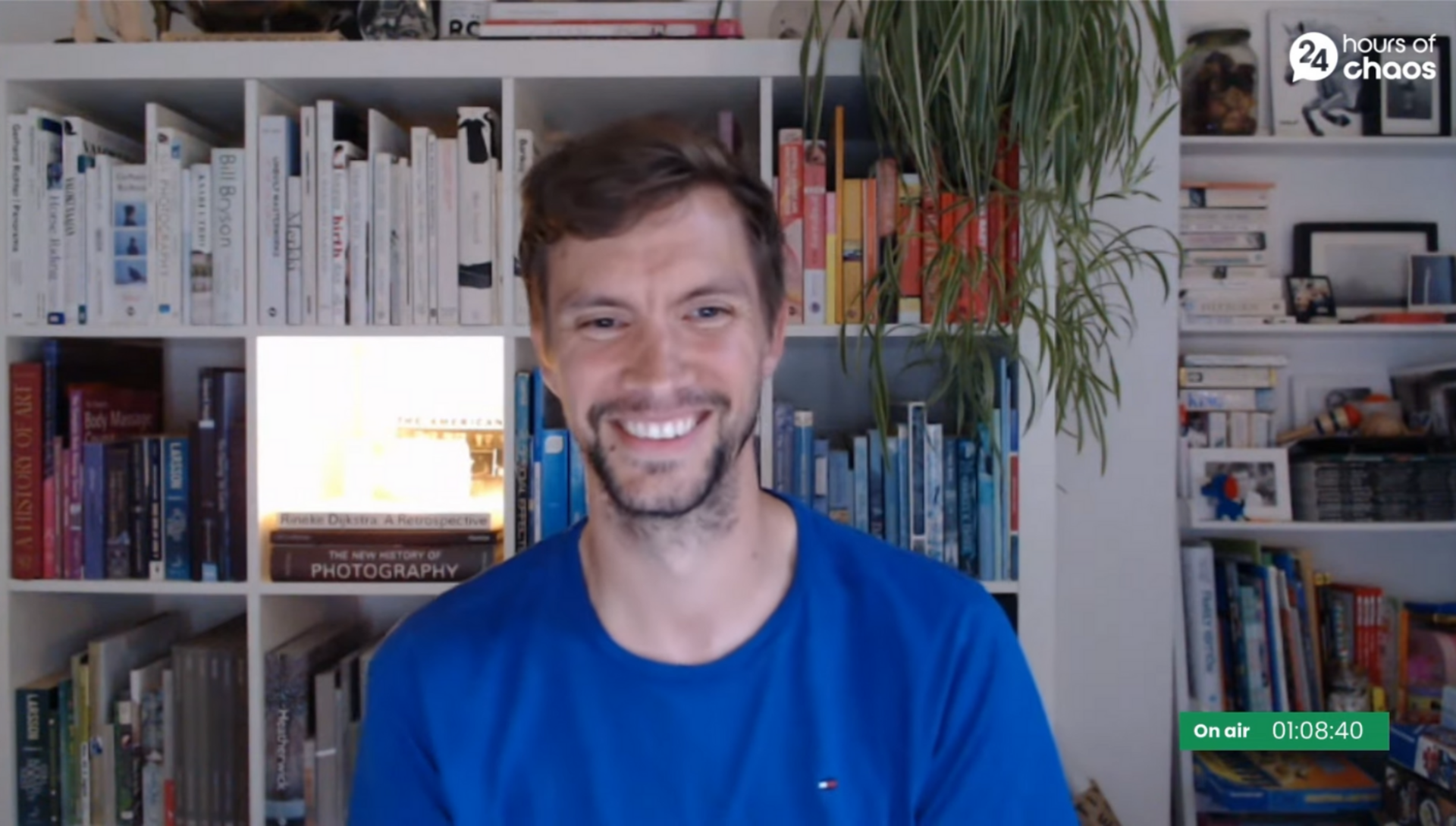
4. Learn to say yes
Fear of failure can often prevent us from taking creative risks and may even cause us to say no to entire projects. By getting in the habit of accepting opportunities that may seem challenging or impossible at first, we gain experience and develop new skills that may come in handy in future work while expanding our portfolio in an entirely different direction.
The weirdest, most out-of-the-box, and unexpected project that we've worked on in the last decade is the collaboration with the electronic music artist Gryffin. The opportunity came knocking when we received an email asking to see if we wanted to collaborate. Obviously, we weren’t going to say no. So we jumped at the opportunity, and we've had one of the most artistically and creatively satisfactory relationships and experiences working on this project, culminating in some of the best work we've ever done.
Luis Inciarte, Director, Narrativ
5. Work on yourself as a person
When was the last time you acknowledged your journey as an artist and took note of how far you’ve come? Part of what makes your art unique lies in the unfolding of your day-to-day and the decisions you make – your interactions with people and your surroundings, your daily walks, travels, personal troubles, and triumphs. Celebrate your strengths, and work on your weaknesses. Be true to who you are, but never stop growing as a person, and you will notice that your art will follow suit.
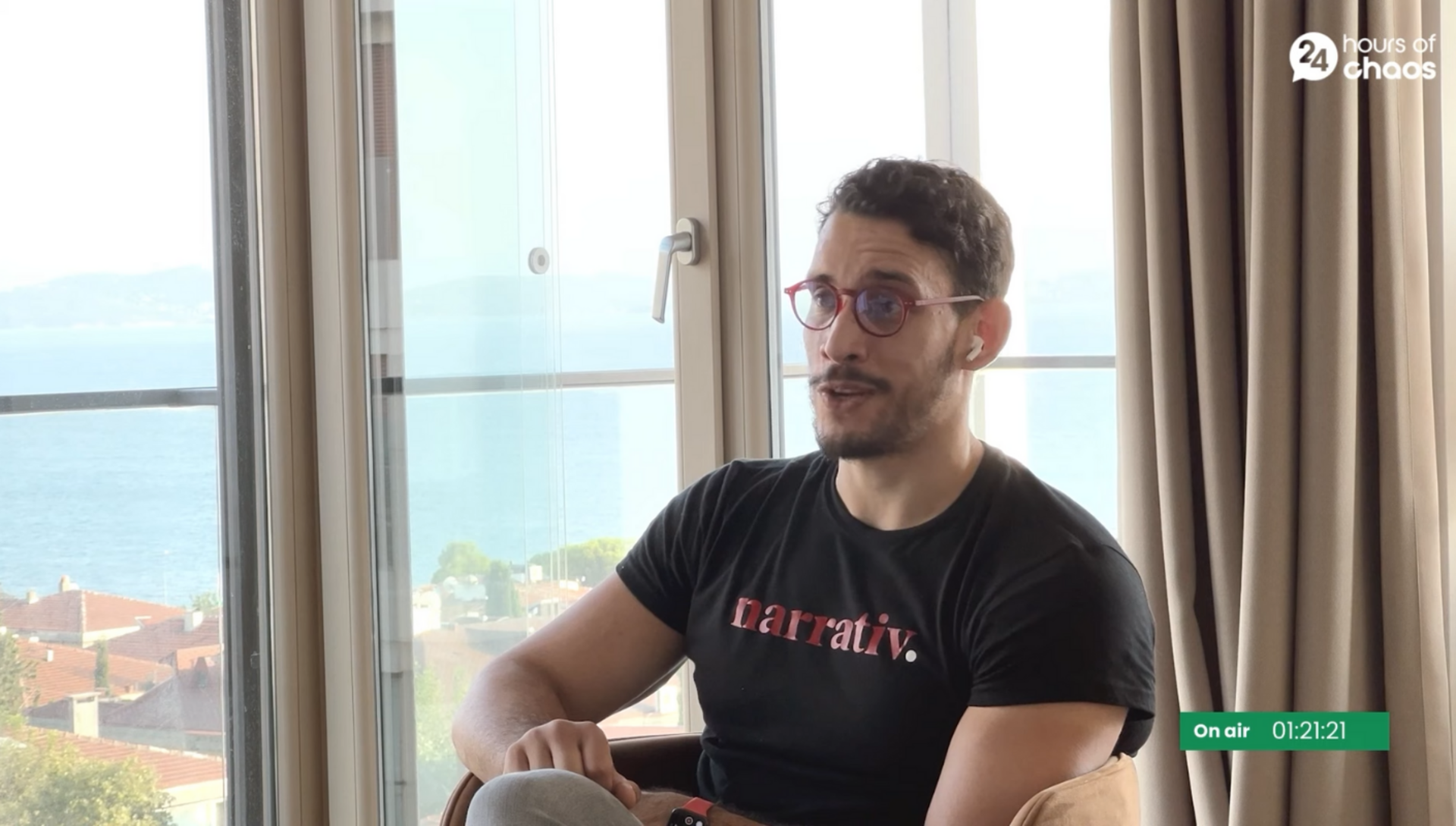
In my private time, it's all about reinforcing fundamentals and working on my mind's eye. Aside from getting better at 3ds Max, I think it’s important to be complete as a person. You need to grow as a person, develop and work on yourself physically and mentally. You should read and travel more. That's fundamental. That's how you find inspiration.
Luis Inciarte, Director, Narrativ
